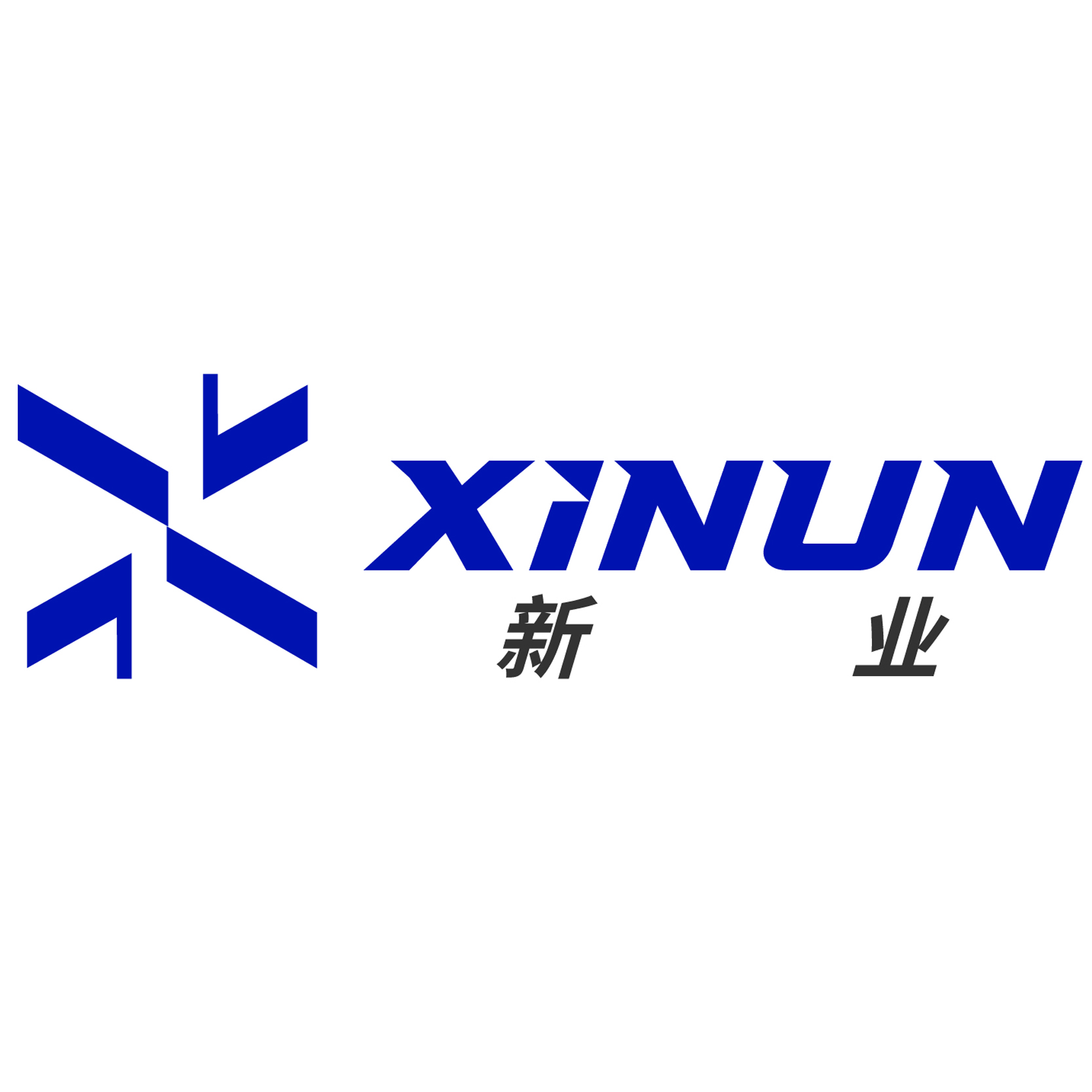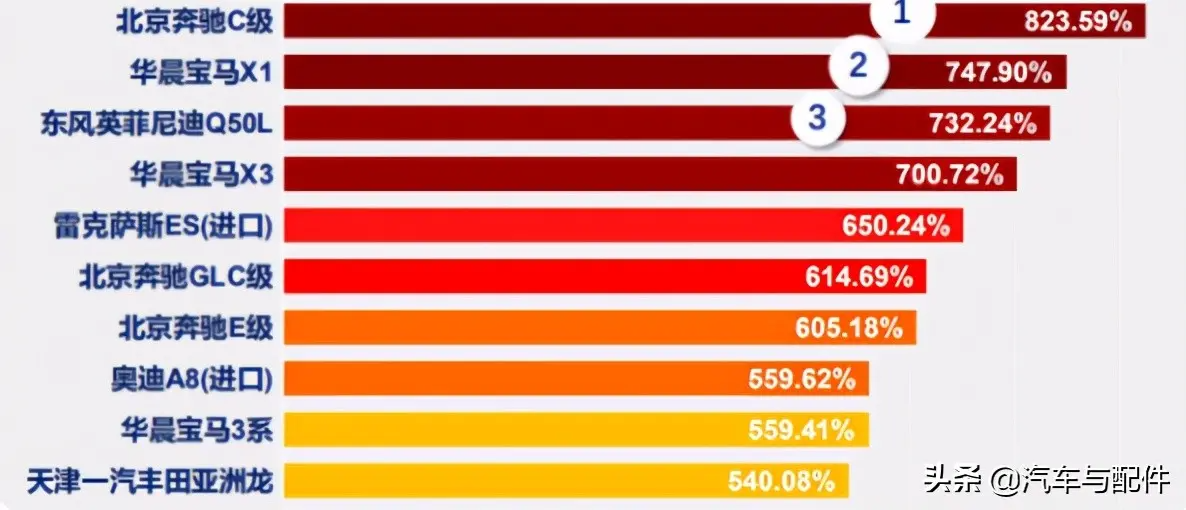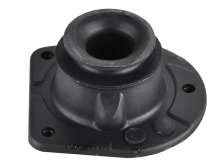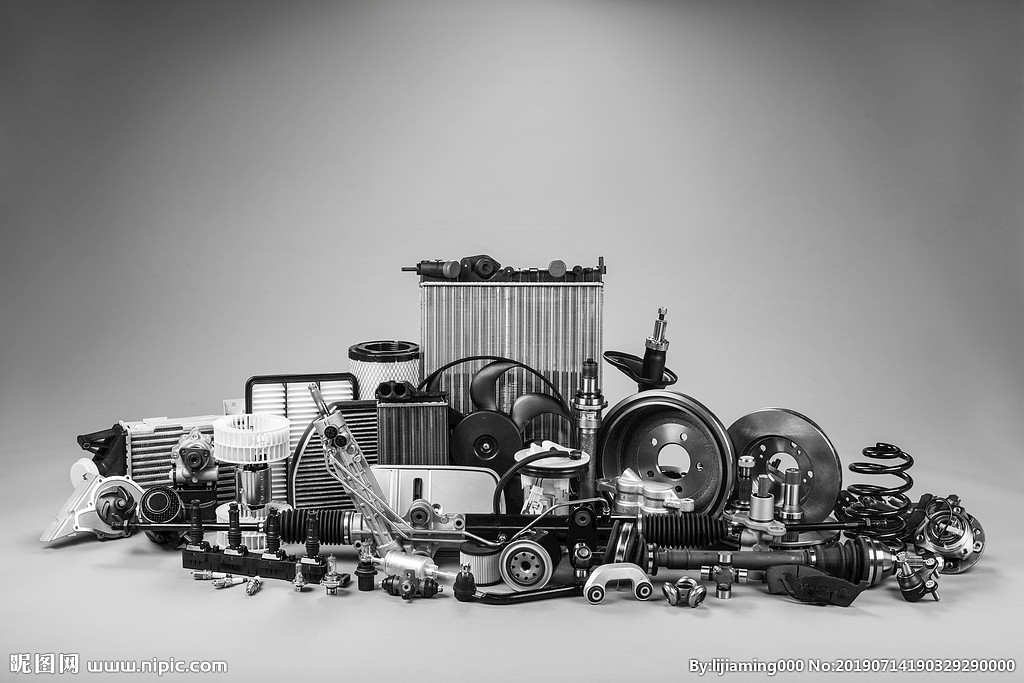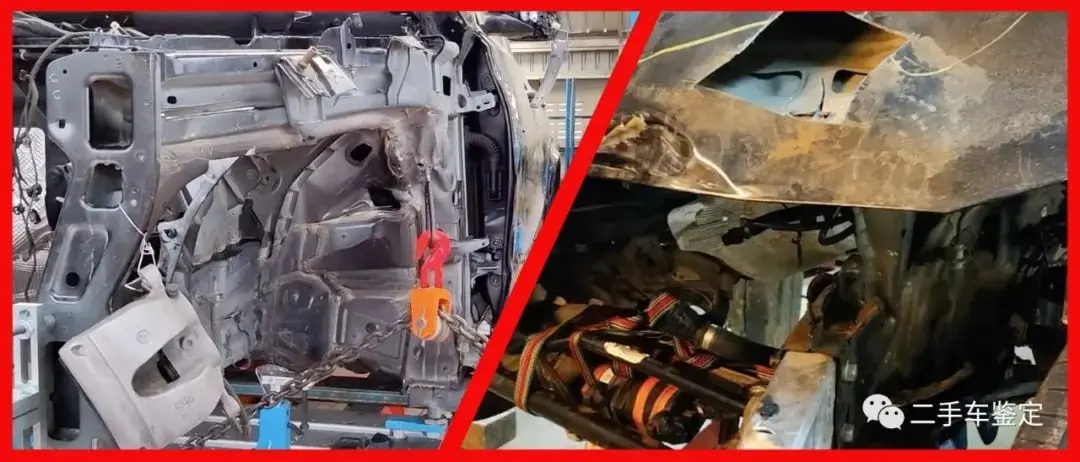Auto chassis parts are divided into:
1. Transmission system: clutch, transmission, main reducer, half shaft, universal joint, transmission shaft.
2. Driving system: frame, balance bar, axle, wheel, ingot, shock absorber, horn, arm, three-way catalysis.
3. Steering system: steering shaft, steering tie rod.
4. Brake system: brake disc, brake sub-cylinder, brake pad.
Structure of each component of the automobile chassis
1. Transmission system:
(1) Clutch: It is to ensure that the car starts smoothly, changes gears smoothly, prevents overload during transmission, and prevents the impact of torsional vibration.
(2) Transmission: It is used to coordinate the speed of the engine and the speed of the wheels, so that its engine performance can be released to the best.
(3) Main reducer: is a component that reduces the speed and increases the torque during the transmission process. The speed of its transmission can be reduced to obtain a relatively high output torque, so as to obtain greater driving force.
(4) Half shaft: It is also the driving shaft and the shaft that transmits power.
(5) Universal joint: It is a device that regulates the steering of the car and belongs to the vector transmission of power.
(6) Transmission shaft: It is installed between the transmission and the rear axle, and the torque and rotational power brought by the transmission are transmitted to the rear axle.
2. Driving system:
(1) Frame: It is a frame used to carry various accessories of the chassis, and it is also a protective frame that bears external pressure.
(2) Balance bar: It is used to improve the handling performance of the car, especially in the process of turning.
(3) Axle: It is used to transmit the force brought by the frame and wheels in all directions.
(4) Wheels: Bearing and rolling is his final choice.
(5) Yuanbao beam: used to carry the engine and gearbox, but also to strengthen the strength of the body.
(6) Shock absorber: Its function is to reduce the vibration of the frame and body, so that its vehicle can drive smoothly, safely and comfortably.
(7) Horn: play the role of link steering, link is shock absorption and swing arm.
(8) Arm: play the role of fixed link, used for the link between the frame and the horn.
(9) Three-way catalysis: it is a channel to eliminate exhaust gases. It is transformed into a harmless carbon dioxide, water and nitrogen catalytic converter.
3. Steering system:
(1) Steering shaft: increase the turning force given by the steering wheel, so as to smoothly change the direction of force transmission.
(2) Steering tie rod: coordinate with the steering shaft to complete the corresponding steering work.
4. Braking system:
(1) Brake disc: at the same time, it acts on the brake pad to make the vehicle brake, providing a friction surface.
(2) Brake sub-pump: provide power to push the brake pad to make it friction with the brake disc to brake, which is the function of giving braking courage.
(3) Brake pad: friction with the brake disc to achieve the braking effect.
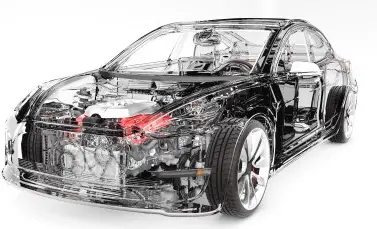
The above is an introduction to what the car chassis accessories are composed of, for your reference.
